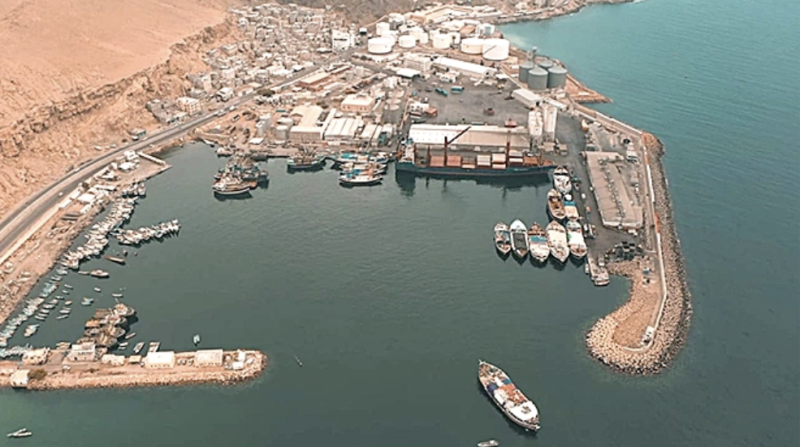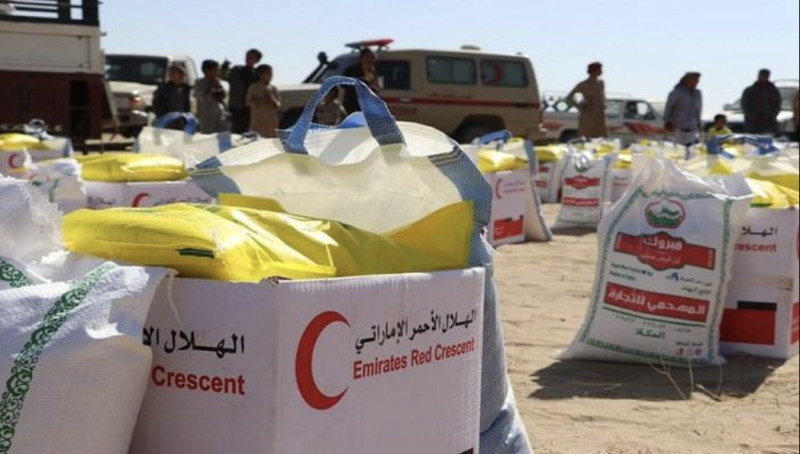Socotra: A mysterious Arabian island gives up one of its secrets


High on a peak overlooking the Arabian Sea, it can be hard to make out the low crumbling walls from the rocks and stones that surround it.
This is all that remains of the fort of Jebel Hawari, a mysterious structure even for Socotra, a Yemeni sland of mysteries.
Now some of the secrets of the fort and its ancient defenders have been revealed, with a turbulent story that stretches back over a thousand years.
A two-month expedition was recently completed by archaeologist Julian Jansen van Rensburg, the Socotra Heritage Project and Yemen’s General Organisation of Antiquities and Museums.
Many locals on the island believed the fort had been built by the Portuguese after a brutal invasion of Socotra in the early 16th century.
In fact, the evidence shows its origins may date from the 8th century CE, says Dr Van Rensburg, making it one of the island’s last remaining Islamic era forts.
Socotra — or Soqatra as Arab linguists have spelt it — was the scene of a bloody battle in 1507 between Portuguese invaders and defenders loyal to the Mahri sheikhs of Qishn, on the eastern coast of Yemen, near Oman.
“The historical chronicles are quite clear,” said Dr Van Rensburg, who has spent 20 years studying the archaeology and heritage of Socotra.
“It was a bloody and violent fight. It would have been extremely difficult for the Portuguese to have taken the fort.”
The invaders arrived in a fleet commanded by the famous explorer Tristao da Cunha, who had previously discovered the island of Tristan da Cunha, the world’s most remote archipelago, 2,787 kilometres off the coast of Cape Town in South Africa.
His ships landed at Suq, then the island’s capital, and stormed the fort. A layer of charcoal uncovered in the most recent expedition and carbon dated to the time of the attack, reveals that the Portuguese also set it on fire.
Later, the Portuguese rebuilt the fort, but their rule only lasted a few years. Again it was rebuilt by the returning Mahri.
One motive for the Portuguese conquest of Socotra had been to control trade in and out of the Red Sea, but their capture of Aden in 1513 made the island irrelevant.
Dr Van Rensburg now believes Jebel Hawari was first fortified as a watchtower as far back as the 8th century.
The structure attacked by the Portuguese was probably built around 1480 by a nephew of Sultan Omar ibn Tuari of the Afar tribe, who imposed tribute on the island’s inhabitants.
The Mahri took back control of Socotra after it was abandoned by the Portuguese in 1511. Over the centuries, the island has also been a protectorate of the British Empire and a supply base for the former Soviet Union.
Over the past decade, Socotra has been devastated by cyclones Chapala and Megh in 2015 and the knock-on impact of Yemen’s civil war, over 350 kilometres away.
Since 2015, the UAE has provided $110 million in humanitarian aid to the people of Socotra, with a relief project to expand health services and schools and rebuild the island’s airport.
The island’s heritage has also suffered. “The fort had been threatened by development and is not formerly protected,” says Dr Van Rensburg, whose work was supported by the Max van Berchem Foundation.
The proposed development was halted by the intervention of local people, who have come to realise its historical importance, he says.
The British travel writer Tim Mackintosh-Smith visited the fort in 1999, when “a scramble up a rough track brought us to a flattish area filled with the remains of a cistern, bastions and walls with rough lime-plaster".
At the time, he wrote: “Most of the inhabitants of Suq seemed unaware of its existence" and that "the ruins are unprepossessing but the view over Hadibu Plain is panoramic.”
Socotra is best known for its unique flora and fauna, with about 700 endemic species including the Dragon’s blood tree, whose red resin was once a major export.
Its historical and cultural importance are less celebrated, including music and poetry. There is evidence of 2,000-year-old trade routes with India through ancient inscriptions on the walls of the Hoq cave.
This year, the Socotra Archipelago was placed on the World’s Monuments Fund watchlist, with a warning that “the world’s changing climate is threatening biodiversity, built heritage, cultural traditions, and local livelihoods.”
Dr Van Rensburg is hopeful that sites like Jebel Harawi will now receive proper recognition.
Organisations such as the Socotra Culture and Heritage Association and the Soqotra Cultural Heritage website, created with funding from the British Council, are beginning to raise awareness.
Dr Van Rensburg plans to return to Socotra in February to investigate another fort inland.
“I’ve been banging on about Socotra for a long time,” he says.

Hadramout – A spokesperson for the United Nations Office for the Coordination of Humanitarian Affairs (OCHA) has warned of serious humanitari…

By Mohammed Al-Awadhi Over the course of ten years, the United Arab Emirates has emerged as a key actor in supporting Yeme…

Washington – The U.S. Department of State announced that Saudi Foreign Minister Prince Faisal bin Farhan Al Saud held a phone call with U.S.…